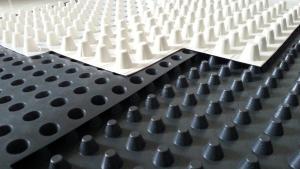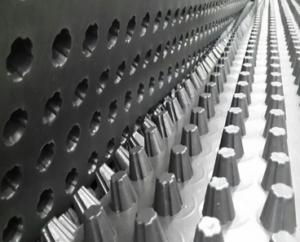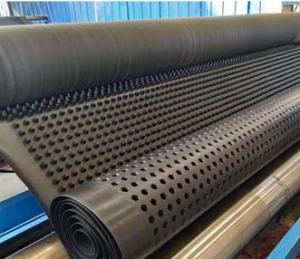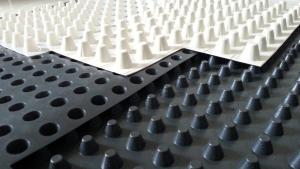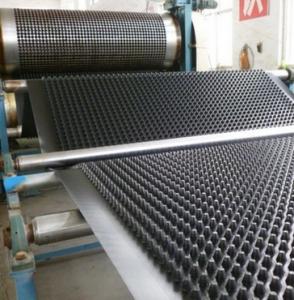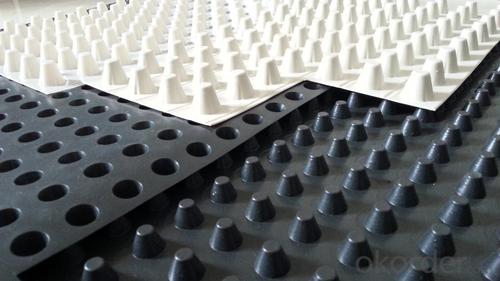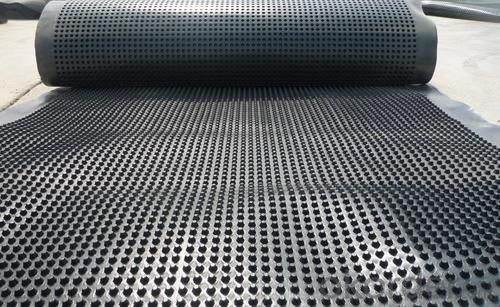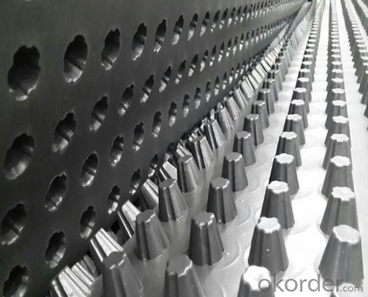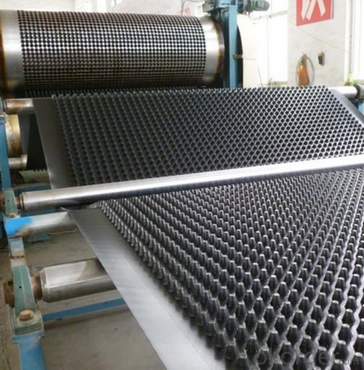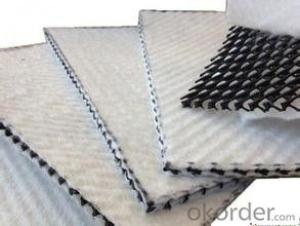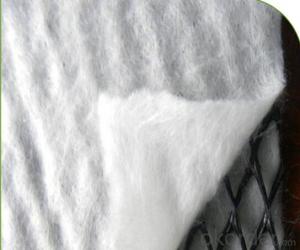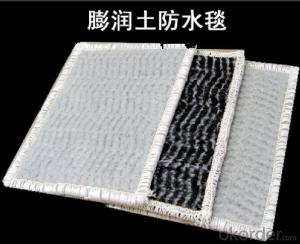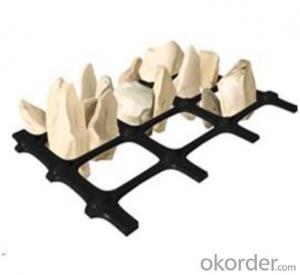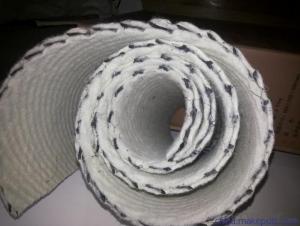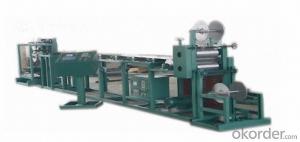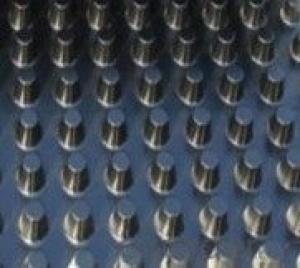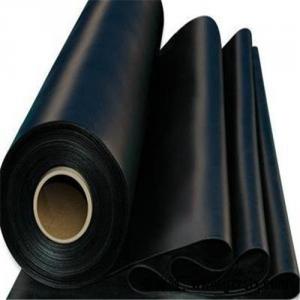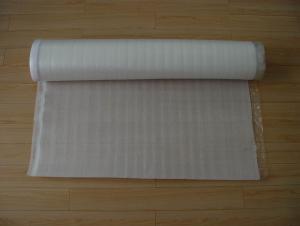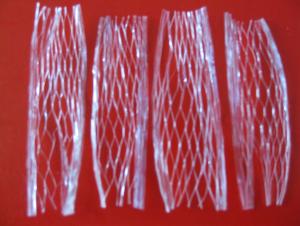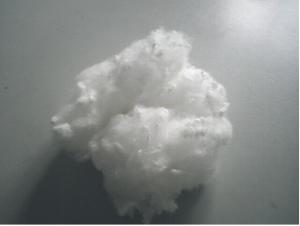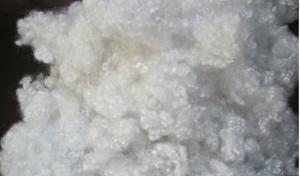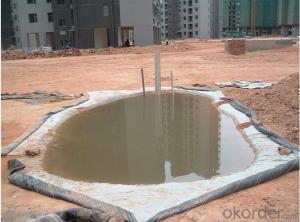HDPE waterproofing drainage board for underground garage
- Loading Port:
- Qingdao
- Payment Terms:
- TT or LC
- Min Order Qty:
- 5000 m²
- Supply Capability:
- 100000 m²/month
OKorder Service Pledge
OKorder Financial Service
You Might Also Like
HDPE waterproofing drainage board for underground garage
1. Introduction
Drainage board is made of HDPE . It's with high impact and pressure resistance which is quite durable.
The long-term pressure resistance not only can stand the weight of concrete bottom plate but also the unavoidable outside pressure and impact force during construction. For example, vehicle, worker stepping, concrete pouring impact force, etc. It can keep bottom plate undeformed for long term.
And with the help of geotextile filter layer , it ensure drainage channel is not blocked by foreign object, such as backfilling particle or concrete.
2. Application
1) Greening project: the garage roof greening, roof garden, vertical greening, football pitches, golf course, etc.
2) Municipal engineering: airport, road embankment, subway, tunnel, landfill, etc.
3) Construction: the upper or lower building foundation, inside and outside the basement wall, floor and roof, roof seepage control and heat insulation layer, etc.
4) Water conservancy project: the reservoir seepage water, reservoir, lake water seepage control, etc.
5) Traffic engineering: highway, railway basement, roadbed, dam and slope protection layer, etc.
3. Specification
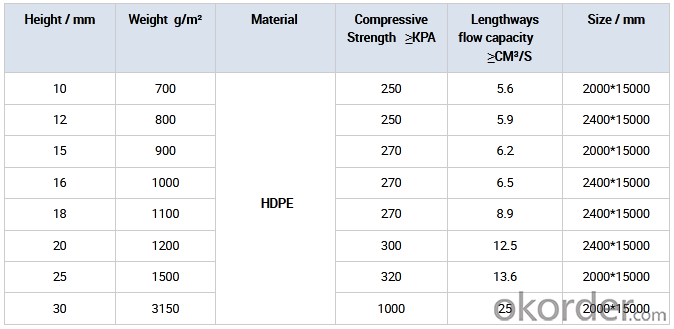
4. Pictures
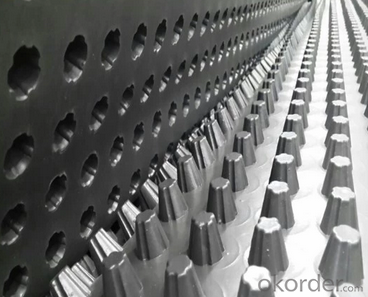
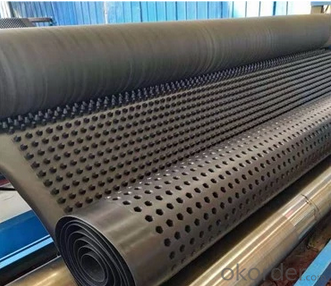
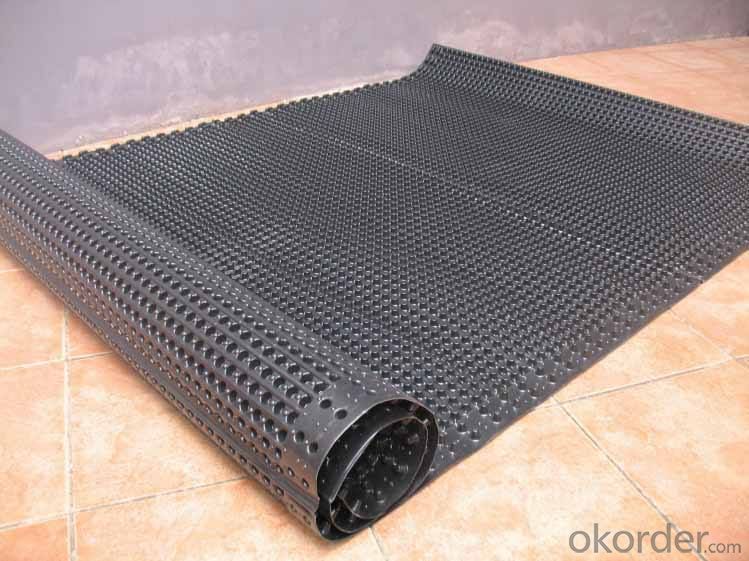
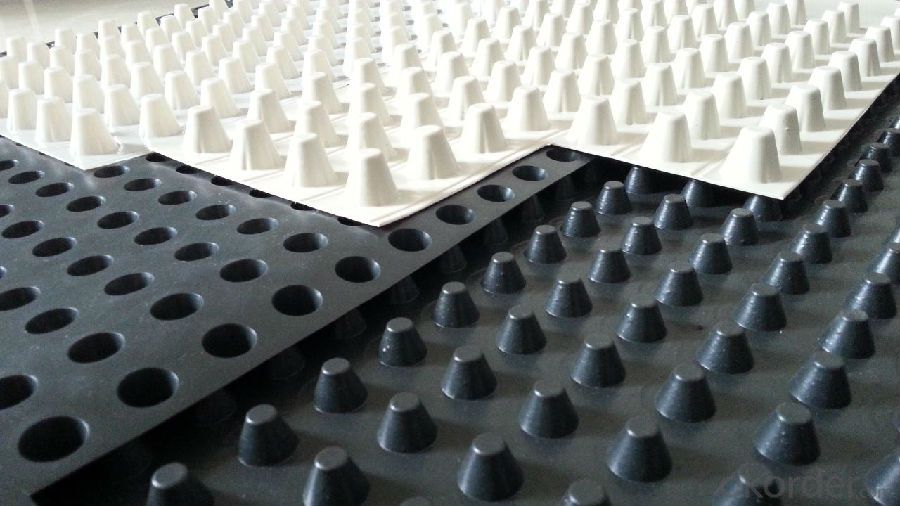
5. FAQ
Q : Why choose us ?
A: We are professional manufacturer ,and we can provide the reasonable price and good service.
Q : Do you provide sample ?Is it free or extra ?
A: Yes,we can provide free sample for quality inspection.According to our company police , you should assume the freight ,and we will return the freight if you place the order.
Q : Can you tell me your main customers ?
A: That's our customers' privacy, we should protect their information.
Q : How about the delivery time ?
A: 7 days after receive the deposit or LC at sight
- Q: How are geosynthetic materials used in retaining wall reinforcement?
- Geosynthetic materials are commonly used in retaining wall reinforcement to enhance the stability and strength of the structure. They are placed in layers between the soil and the wall to provide additional support, prevent soil erosion, and distribute the lateral forces exerted on the wall. These materials, such as geotextiles and geogrids, increase the overall performance and lifespan of the retaining wall by improving its resistance to deformation and failure.
- Q: What are the benefits of using geotextile tubes for dewatering projects?
- Geotextile tubes offer several benefits for dewatering projects. Firstly, they provide an efficient and cost-effective solution for separating solids from liquids during the dewatering process. The tubes are designed to retain the solid particles while allowing water to pass through, resulting in a faster and more efficient dewatering process. Secondly, geotextile tubes are easy to install and require minimal maintenance, making them a convenient option for various dewatering projects. Their lightweight and flexible nature enable quick deployment and easy handling, saving time and labor. Additionally, geotextile tubes have a high capacity for solids retention, enabling the removal of a significant amount of sediment and sludge. This not only helps in effective dewatering but also aids in environmental protection by reducing the discharge of pollutants and contaminants into water bodies. Furthermore, the use of geotextile tubes minimizes the need for traditional dewatering methods such as excavation and land disposal, reducing the overall project cost and environmental impact. The tubes can be easily transported and reused in multiple projects, leading to further cost savings and sustainability. Overall, the benefits of using geotextile tubes for dewatering projects include improved efficiency, cost-effectiveness, ease of installation, high solids retention capacity, and reduced environmental impact.
- Q: Can earthwork products be used in both residential and commercial construction?
- Yes, earthwork products can be used in both residential and commercial construction. Earthwork products such as aggregates, soil, sand, and rock can be utilized in various applications like building foundations, drainage systems, landscaping, and road construction, which are common in both residential and commercial projects.
- Q: How do earthwork products affect the overall structural stability of a project?
- Earthwork products can have a significant impact on the overall structural stability of a project. These products, such as soil, gravel, and rocks, are used to create the foundation and support systems for buildings, roads, and other structures. The quality and characteristics of the earthwork products determine their ability to bear loads, resist erosion, and provide stability. Proper selection, compaction, and grading of these materials are essential to ensure the structural integrity and longevity of the project.
- Q: What is the purpose of using geotextiles in groundwater protection projects?
- The purpose of using geotextiles in groundwater protection projects is to provide a barrier that prevents the migration of contaminants or pollutants from reaching the groundwater. Geotextiles act as a filter, allowing water to pass through while trapping harmful substances such as chemicals, sediments, or debris. This helps in maintaining the quality and purity of groundwater, which is crucial for drinking water supplies and ecosystem health.
- Q: The relationship between material development and civil engineering development
- The The product of modern technology development in recent decades. It is a variety of raw materials, with advanced processing methods, made in line with modern building requirements, with light, high strength, multi-functional and other major features of modern building materials; in general, it also has energy saving, The advantages of comprehensive utilization of resources. The emergence and de
- Q: What are the advantages of using geotextiles in subbase stabilization?
- There are several advantages of using geotextiles in subbase stabilization. Firstly, geotextiles act as a barrier to prevent the mixing of different layers in the subbase, thereby maintaining the integrity of the road or structure. They also help in distributing loads evenly, reducing the chances of differential settlement. Geotextiles improve the overall strength and stability of the subbase, increasing its load-bearing capacity and extending the lifespan of the structure. Additionally, they enhance drainage by allowing water to pass through while preventing the accumulation of fines, preventing erosion and maintaining the subbase's structural integrity. Overall, geotextiles provide cost-effective and sustainable solutions for subbase stabilization in various construction projects.
- Q: What are the different thickness options available in earthwork products?
- The different thickness options available in earthwork products can vary depending on the specific product and application. However, common thickness options range from a few inches to several feet, with choices in between to accommodate different project requirements and soil conditions.
- Q: How are geotextile mattresses used in earthwork?
- Geotextile mattresses are used in earthwork to provide erosion control and slope stabilization. They are typically placed on steep slopes or embankments to prevent soil erosion and protect against water runoff. These mattresses consist of a geotextile fabric filled with soil or aggregate material, which acts as a barrier to filter water and allow for drainage. By using geotextile mattresses, construction sites can effectively manage soil erosion and maintain the stability of the earthwork.
- Q: What are the advantages of using geotextile mats in erosion control for riverbanks?
- Geotextile mats offer several advantages for erosion control on riverbanks. Firstly, they provide immediate protection by preventing soil erosion and retaining sediment, effectively stabilizing the riverbank and reducing the risk of bank collapse. Secondly, these mats allow water to pass through while filtering out sediments, enabling natural water drainage and preventing the buildup of excess water pressure that could further erode the riverbank. Additionally, geotextile mats are durable and resistant to degradation, ensuring long-term erosion control. They are also easy to install and maintain, making them a cost-effective solution for riverbank stabilization. Overall, the use of geotextile mats in erosion control for riverbanks offers effective and sustainable protection against erosion, maintaining the ecological balance and preserving the stability of river ecosystems.
Send your message to us
HDPE waterproofing drainage board for underground garage
- Loading Port:
- Qingdao
- Payment Terms:
- TT or LC
- Min Order Qty:
- 5000 m²
- Supply Capability:
- 100000 m²/month
OKorder Service Pledge
OKorder Financial Service
Similar products
Hot products
Hot Searches
Related keywords
